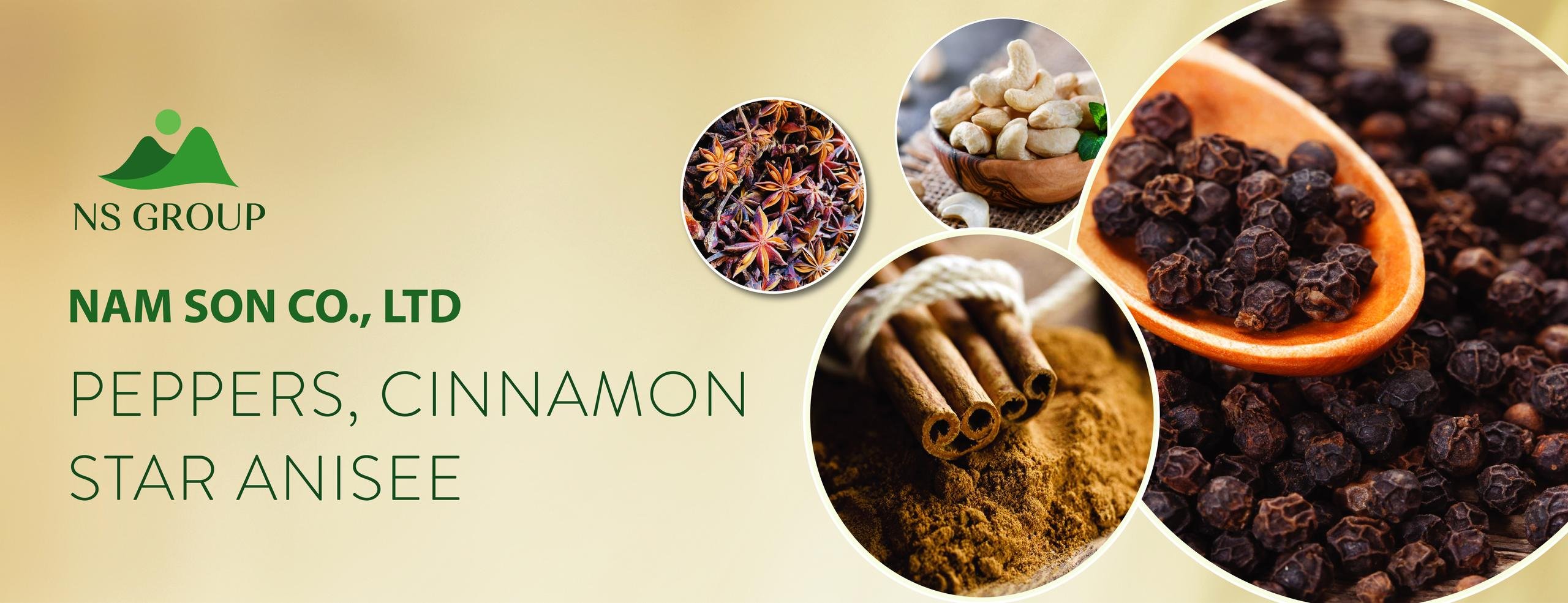Types of pepper and how to use them
Pepper is a famous spice in Vietnamese family’s kitchens. However, only some people exactly know about the types of pepper and their uses. If you don’t know this information, let’s find out in the article below.
The famous provinces of pepper in Vietnam
In Vietnam, pepper is grown in Tay Nguyen ( Gia Lai, Dak Lak, Dak Nong), the Southeast region ( Binh Phuoc, Dong Nai, Ba Ria Vung Tau), the central of VietNam (Phu Yen, Quang Tri) and the Mekong River Delta (Phu Quoc – Kien Giang).
Comparing provinces, Phu Quoc‘s pepper is more well-known for with firm seeds, and characteristic aromatic, and spicy taste. Tay Nguyen is famous for being the biggest pepper-producing region in Vietnam and supplies the domestic market and exports.
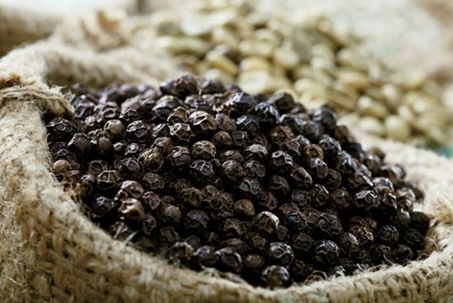
Types of pepper on the market in Vietnam
-
Black pepper
Black pepper is made from green pepper. Pepper that is ripe about from 5% to 10% will be separated from the beam and dry. When the pepper shell is exchanged from green to black, the pepper is ready to classify and clean. With ground pepper products, pepper will be done ground and packaged for consumption.
Black pepper has a fragrant and mildly spicy taste. It is used to boost the flavor of dishes. This characteristic makes pepper become popular and suitable with many dishes from Asia to Europe.
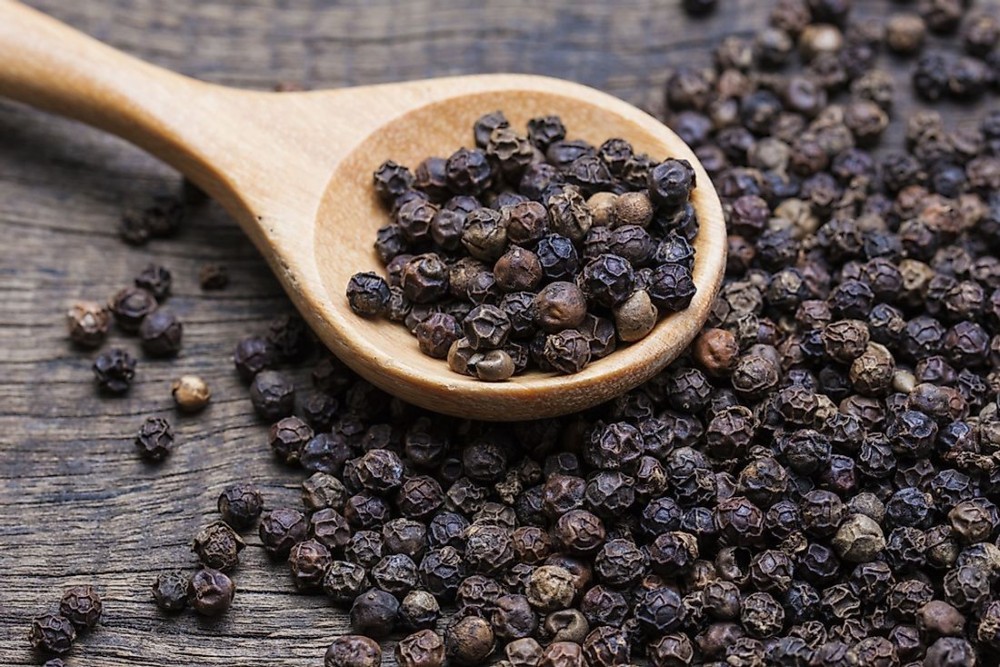
-
White pepper
White pepper is made from the ripe pepper. It is experienced in the handmade process of grating and peeling so white pepper has white natural color. This is the reason why white pepper is more expensive than black pepper.
Nowadays, The pepper market has many types of pepper that are drenched in chemicals and bleached. How to choose kinds of good pepper, fresh and safe for health, you need to buy from reputational brands.
Color is the main use of white pepper. White is a color that is used a lot in every dish to make it taste good. European dishes with rich cream sauce and soups are favored by chefs to enhance culinary aesthetics. Sauce made from white pepper has the color of cream. It has a spicy taste so it is used to remove food odors.
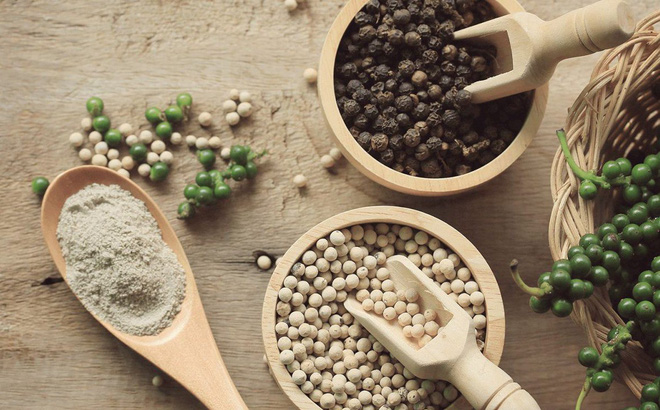
-
Ripe red pepper
Red pepper is dried ripe pepper. When the ripe pepper is harvested, it is red. Then, it is dried. After the drying process, the pepper skin will change from bright red to dark red. It is difficult to distinguish between black pepper and red pepper by eye. You can only distinguish them through smells.
Red pepper is harvested after when it is ripe. Therefore, their aroma is slightly stronger than black pepper and has a mild spicy taste. Furthermore, the yield of ripe red pepper is not high, so through the process of harvesting screening, and processing, the price of red pepper will be a bit higher. This type of pepper is preferred by many chefs in dishes that need a taste that is not too spicy, or used to decorate dishes in whole or large grain form.
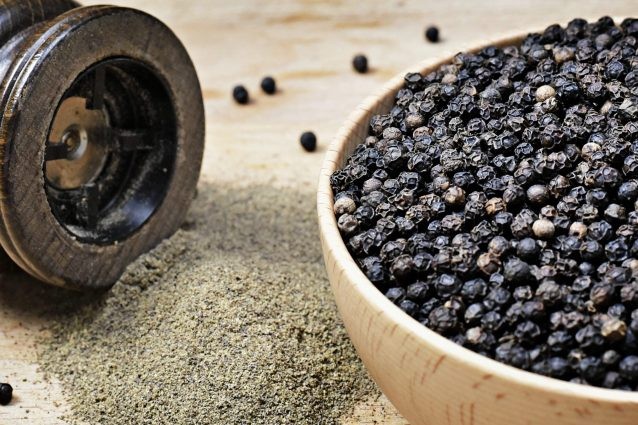
How to choose safe and quality pepper
Pepper is an indispensable spice in every family’s dishes. If you use pepper that does not ensure quality, it will lead to many consequences and affect your health. Good quality pepper seeds must be firm, firm, not moldy, and seeds must not be contaminated with insects or impurities. Especially when ground into powder, there must be a strange smell or taste.
Currently, on the market, there are many companies offering pepper at many different prices. As a wise consumer, you should choose reputable brands with clear product origins that are good for your health.
Nam Son CO., LTD’s export all of types pepper.
Nam Son CO., LTD is a producer and distributor of organic pepper, cashew nuts, cinnamon, anise, coffee, and other major agricultural products certified by the EU and USDA organic standards. With experienced personnel in the field of organic farming and several factories as member companies across the country, the project is developed with the orientation of an organic agricultural business model, treasure natural values, and towards healthy world goals. Furthermore,
Nam Son CO., LTD’s products are produced utilizing sustainable practices from farm to production and across the supply chain, and meet EU and USDA organic certification requirements.
